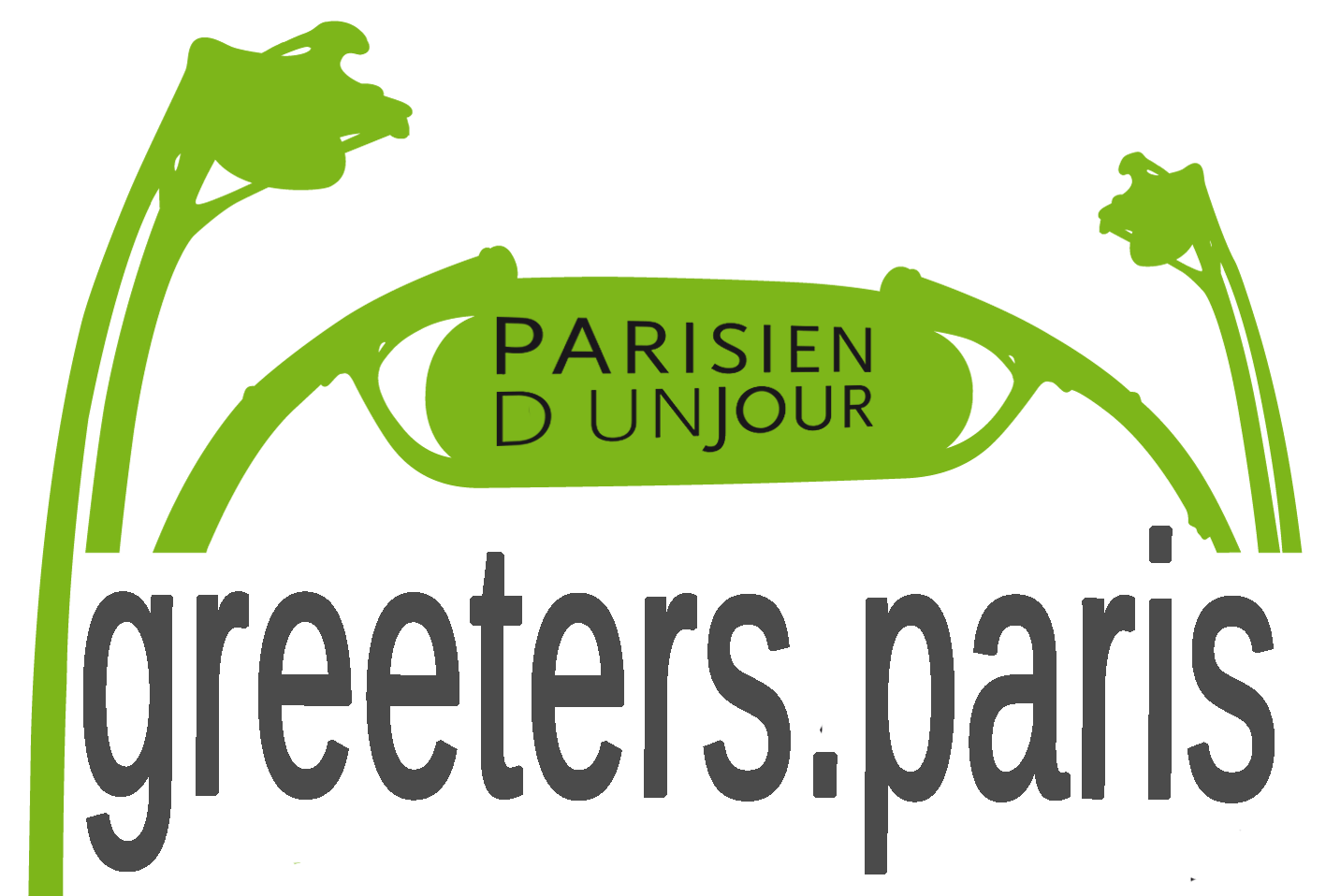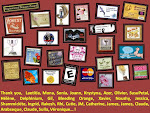22.9.10
A short pause again.
I'm off to Sweden again for a week at least. No time for blogging. Sorry! In the meantime I prepared the below post.
Along Rue Saint-Denis and Rue du Faubourg Saint Denis...
I already mad a post about Rue Saint-Denis and some of the passages, galleries, alleys... that you may find around this street, including about Passage du Caire in my latest post. A few more, including along Rue du Faubourg Saint Denis.
Around 1840, along these streets, there were some 130 galleries, offering the possibility to do your shopping and find your restaurants and bars under more comfortable conditions than in the mud of the main street, sometimes even offering protection from the rain. Rue Saint-Denis was those days a rather prestigious street and with its Arch of Triumph, it was one of the main entries to Paris, if you arrived from the north. When Queen Victoria visited Paris in 1855, this was the street she used. During the 20th century, our habits changed and the street lost its standing, has become a centre for wholesale and manufacturing of clothing, later invaded by sex shops… Today, it seems to slowly be restored and it may finally again find a certain new respectability. In the meantime most of the galleries, but not all, have disappeared or entirely changed their aspect. If you take them for what they are, many of them offer however a certain charm even as they are.
Starting from the north there is the Passage du Désir, today partly closed to public.
I already made posts about Cour / Passage des Petites-Ecuries… as well as on Passage Reilhac...
… as well as on Passage Brady, often referred to as “Little India”….
… as well as on Passage du Prado, also dominated by Indian and Pakistani restaurants, barber shops, Bollywood video sales…
The Passage Sainte-Foy is extremely modest. Today you will basically find some workshops.
At the end of Passage des Dames-de-Saint-Chamond you will find an elegant 17th century building which once was a hotel, but as most other buildings here now seems to be dedicated to clothing manufacturing or similar business.
Le Passage du Ponceau opened in 1826.
When you until a few centuries ago entered the Passage de la Trinité, you found a hospital, demolished during the 19th century. The narrow little alley seems to receive some not welcomed visitors; there are signs where one is asked not to urinate.
The quite elegant Passage du Grand-Cerf …
… as well as Passage du Bourg-l’Abbé, both from 1835, have been described in previous posts.
Then, I have a number of photos from more anonymous alleys and galleries, more or less “charming”.
Labels:
Paris 10,
Paris 2,
Rue Saint-Denis
20.9.10
Passage du Caire
The “Passage du Caire” is certainly not the most immediately attractive of the Paris galleries (see some previous posts - 1, 2, 3 ,4 - about other galleries), but it’s the oldest, claims to be the longest … and also one of the narrowest. As it’s very particular with a very special atmosphere it’s worth a visit.
There are different entrances; the main one is at Place du Caire, remarkable for the pseudo-Egyptian decoration of the facade with three heads of the goddess Hathor, some (supposed to be) hieroglyphs… . The surrounding streets have also names referring to Egypt. This is all due to the passion for Egypt which followed Napoleon’s campaigns in this country. The gallery dates from 1798. There are different alleys, but if you follow the major one, you will reach Rue Saint Denis.
In the beginning it was occupied by printing and lithography houses. Today, you will basically find wholesales clothes shops. In the passageways you will see people carrying clothes in cardboard boxes, shop equipment, mannequins… We are in the “Sentier” area, known for this kind of business. There are also a lot of workshops linked to these kinds of activities around. It’s however possible that also this area slowly will be transformed into something more fashionable.


Labels:
Paris 2,
Passage du Caire
17.9.10
BnF - "Richelieu"
The National Library of France (Bibilothèque nationale de France – “BnF”) has its origins from the 14th century, then Royal. Since 1537 there is an obligation, still in force, that a copy of all printed matters must be deposited. In the 17th century the Library was installed in the area which you can see on the map. With increasing needs of surface area, it expanded to a number of private mansions in the area. The Revolution changed the name from Royal to National. Important renovation and construction work took place during the 19th century – including the vast reading room (top picture) - to make a total and integrated complex, which basically is what you see today, referred to as “Richelieu”.
Some of the halls, the stairs and other reading rooms are spectacular and all over the place different interesting objects are exposed including 17th century globes. The largest existing antique cameo you can see on one photo dates from about 23 BC. Among the documents stored you may note the world’s oldest book (2350 BC), pieces from the Dead Sea Scrolls, Bibles from the 5th and 6th centuries, three Gutenberg bibles, 900 Rembrandt engravings, Bach, Haydn, Mozart, Beethoven, Schubert, Wagner, Ravel, Debussy…scores, Casanova’s autobiography manuscript and manuscripts of many other authors like Voltaire, Diderot, Rousseau, Beaumarchais, de Sade, Chateaubriand, Lamartine, Balzac, Hugo, Flaubert, Verne…, the world’s first photo (Niépce 1825)….
More and more space has been needed and for a long time important parts of the collections, millions and millions of books and other documents have been stored elsewhere. The most spectacular event is of course the creation on the left bank of the “Bibilothèque François Mitterrand”, opened to public in 1995.
I wish you a nice weekend!
I wish you a nice weekend!
Labels:
BnF "Richelieu",
Paris 2
15.9.10
Urban artists at work.
I have often posted about urban art, graffiti… Here is one more.


Close to Place de Clichy is a theatre, called “L’Européen”, almost 140 years old. Today it’s basically used for concerts, one-man-shows… Since some five years, the façade was decorated by some well-known urban artists. In collaboration with a gallery specialized in urban art (see previous post), the arrondissement (17th) and the theatre, the initiative was taken to renew the experience and get some fresh decoration.
This is what the façade looked like some two years ago - and more or less so until recently, when, in order to prepare for the new performance, the facade was painted in white.
Last Saturday, we could thus observe “Jef Aérosol” (Jean-François Perroy) and “Mosko et associés” (Gérard Laux) in operation. You can see them discuss and plan the day on the top picture.
… and their “signatures”, including the famous red arrows by “Jef Aérosol”.
Another famous urban artist, Jérôme Mesnager, had already painted some of his well-known white bodies, but produced obviously more for the interior of the theatre. We could also see “FKDL” (Franck Duval), although he did not participate – but had left one of his collages at the entrance of a neighbour building. The French readers will certainly also recognize Richard Bohringer, who at present performs at the theatre. You see him talking to the artists and the theatre manager.
Finally, I show you what the theatre facade looked like when the work was finished. A wall opposite to the theatre was also decorated. As you can see from my other posts, the work of all these urban artists can be seen all around Paris … and elsewhere, would it be London, NYC, the Chinese Wall…


Addendum:
Refeering to the above post, I got nice messages from Jef and Mosko, including a link to this video. When you see Jef talk, it's actually in a discussion with me.
Labels:
Graffiti,
Paris 17,
Street Art,
Urban Art
13.9.10
10.9.10
Invitation - Paris City Hall
(I got the Internet back!)
Yesterday evening I was invited to the Paris City Hall. I will revert to the reason further down. It was a good opportunity to see the building not only from the outside.
 The inside contains a number of large reception rooms. We were invited to the so called “Salle des Arcades”, which may not be the biggest nor the most spectacular one, but defintieley good enough.
The inside contains a number of large reception rooms. We were invited to the so called “Salle des Arcades”, which may not be the biggest nor the most spectacular one, but defintieley good enough.

Yesterday evening I was invited to the Paris City Hall. I will revert to the reason further down. It was a good opportunity to see the building not only from the outside.
There was a similar, but smaller building, here since the 16th century, but the Commune events in 1871, led to this building being burnt down. A new building, the present one, stood ready in 1892, to a large extent copied on the previous one.
 The inside contains a number of large reception rooms. We were invited to the so called “Salle des Arcades”, which may not be the biggest nor the most spectacular one, but defintieley good enough.
The inside contains a number of large reception rooms. We were invited to the so called “Salle des Arcades”, which may not be the biggest nor the most spectacular one, but defintieley good enough. 
Each pillar has a painting, the ceilings and the floors are spectacular.
There were nice views of the inner court and the Notre Dame.
So, the reason for my visit was a meeting of an organization called “PARISIEN D’UN JOUR”, which is part of the Global "Greeter" Network. You can read more about this by clicking on the widget in the sidebar. The City of Paris sponsors the activity and stood for the invitation.
“Greeters” are volunteers who work as (unpaid) guides in a number of cities around the world, NYC, Chicago, Toronto, Melbourne, Buenos Aires, The Hague, Paris…. We are some 180 in Paris and it’s expected that we shall have guided some 7.000 visitors by the end of this year. We would rather make tours with smaller groups and concentrate on specific neighbourhoods, more unusual or “hidden” places. You may of course use this free-of-charge-service for yourself or recommend it to friends.
I joined a couple o f weeks ago and have so far made four tours. The latest one was this week with four very nice visitors from Minnesota - Rebecca, Michael, Jason and Nick. We made a three hours tour of the Belleville area.
I wish you a nice weekend!
Labels:
"Greeters",
"Parisien d'un jour,
City Hall,
Paris 4,
Town Hall
Subscribe to:
Posts (Atom)
































































